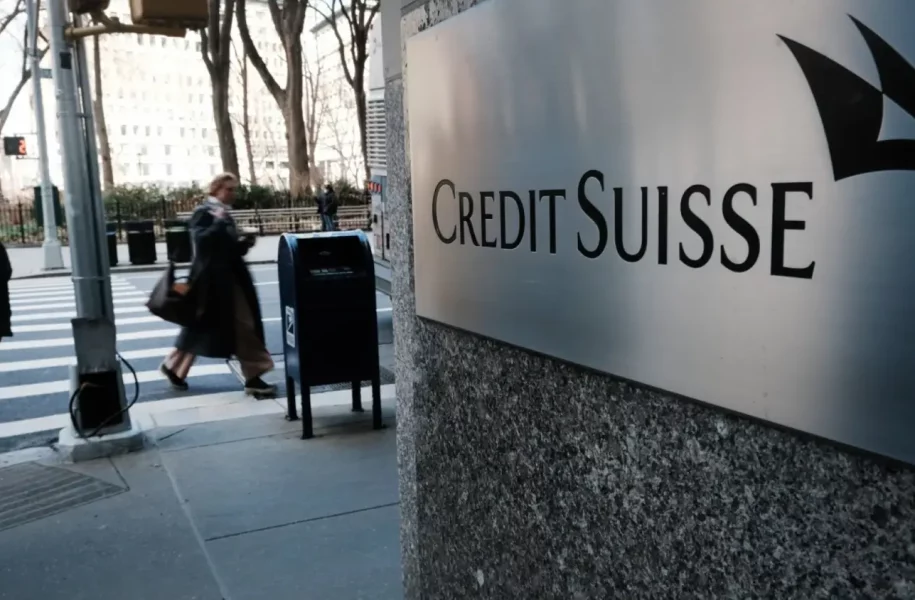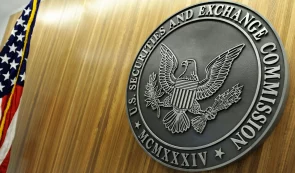SNB’s Swift Actions Avert Credit Crisis: Lessons Learned

Switzerland faced a significant economic challenge during the recent turmoil involving Credit Suisse, according to Swiss National Bank Chairman Thomas Jordan.
The central bank’s intervention was instrumental in preventing a potential global financial crisis amid dwindling confidence among shareholders and investors. In response to the crisis, the Swiss National Bank swiftly injected emergency liquidity totaling 168 billion Swiss francs ($185 billion) to mitigate the fallout from massive customer outflows.
This substantial financial aid provided crucial support, enabling the orchestrated sale of Credit Suisse to domestic competitor UBS at a significantly reduced price of 3 billion Swiss francs. Thomas Jordan highlighted the pivotal role of this intervention in averting severe economic consequences not only for Switzerland but also for the global economy.
Upon UBS’s completion of the takeover, the termination of Credit Suisse’s government and central bank protections was disclosed, including the discontinuation of a 50 billion Swiss francs ELA+ loan extended by the SNB.
Jordan emphasized the significance of this assistance, underlining that without it, Credit Suisse could have faced challenges in meeting its financial obligations, potentially jeopardizing overall financial stability.
The potential ramifications of a Credit Suisse bankruptcy on the Swiss economy were also echoed by FINMA CEO Urban Angehrn, who warned of possible widespread deposit runs on other banks.
READ MORE: Cardano Founder Hoskinson Responds to Community Critique
Jordan emphasized the importance of drawing lessons from this experience, particularly in terms of revisiting liquidity regulations and strengthening measures to prevent rapid and significant outflows of customer deposits.
However, criticisms and legal challenges emerged regarding the forced takeover’s management, particularly concerning the absence of shareholder input and the write-off of $17 billion worth of Credit Suisse’s additional tier-one (AT1) bonds, while common stockholders received payouts.
















